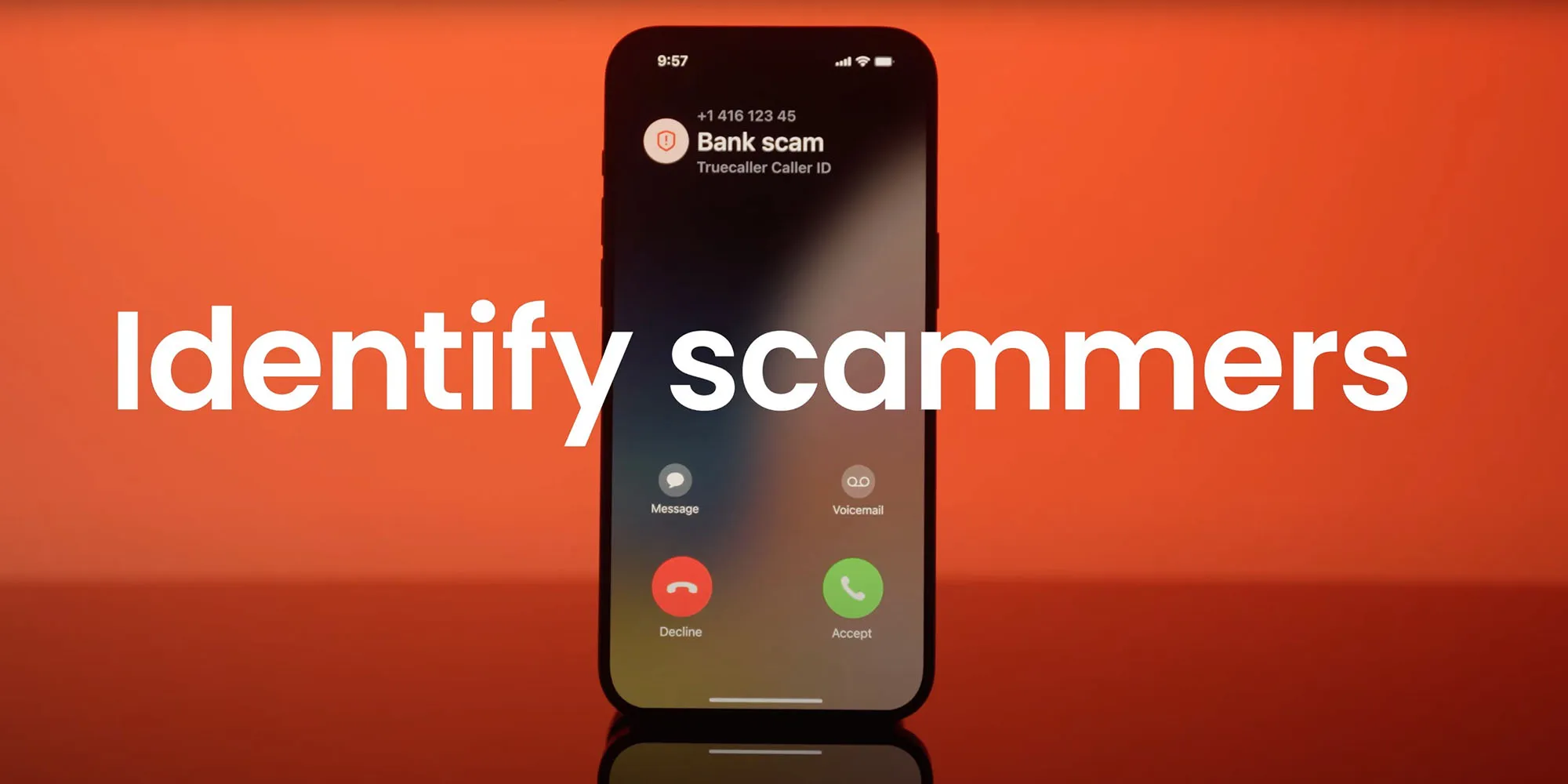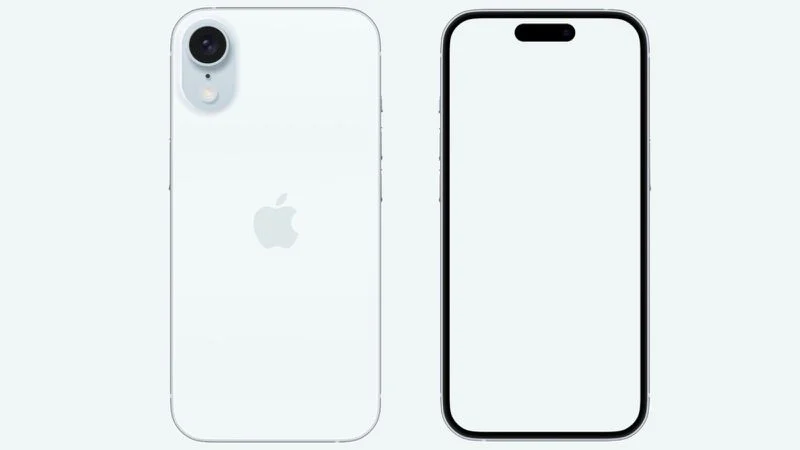Rumors have been swirling that Apple might ditch the ‘iPhone SE’ name for the next model coming this spring. Instead, it could be called the ‘iPhone 16E’. This change might sound odd, but it actually fits well with what we know about the upcoming phone.
What’s New with the iPhone 16E?Here’s what we expect from this new model:
- Design Inspired by iPhone 14: It will have a notch for Face ID and a 6.1-inch OLED screen.
- Powerful A18 Chip: It will support Apple’s new AI features.
- USB-C Charging: Replacing the old Lightning port.
- Camera Upgrade: A single 48MP back camera, similar to those in the iPhone 15.
- New 5G Modem: Apple’s first self-designed modem.
This would be the most significant update to the SE series since 2020. The last SE, released in 2022, just got a new chip and 5G, but kept the same look.
Pricing ConcernsThere’s talk of pricing the iPhone 16E at $499, which feels low considering its specs. Apple sells the iPhone 14 for $599 and the iPhone 15 for $699. How could they offer a newer phone with advanced features for less?
- Cost-saving Components: Apple might use their own modem to cut costs, and cheaper display panels from BOE and LG instead of Samsung’s.
But even with these savings, would Apple really price it so low?
Why ‘iPhone 16E’ Makes SenseIf priced at $499, the iPhone 16E would undercut the iPhone 16 by $300, which includes extras like the Dynamic Island and an extra camera. Calling it the 16E could justify a $599 price, making it seem less like a budget option but more of a streamlined part of the current lineup.
Moreover, it would highlight that the iPhone 15, which might still be sold, doesn’t have the latest features like Apple Intelligence.
A New Name for a New EraThe ‘SE’ has always meant a smaller phone, but with a 6.1-inch screen, that’s no longer accurate. ‘iPhone 16E’ tells customers it’s part of the latest series, potentially boosting sales by clearly showing its place in the lineup.
This naming could also help consumers understand the phone’s place in time, especially if Apple starts labeling models by year rather than generation. In summary, renaming the next iPhone SE to iPhone 16E could be Apple’s smart move to align the model with its current offerings while managing expectations around price and features.




